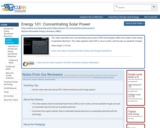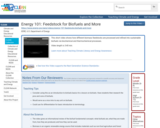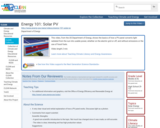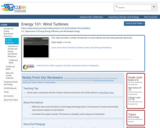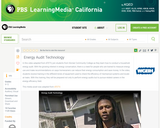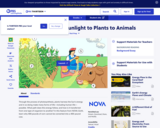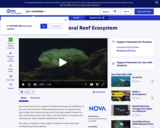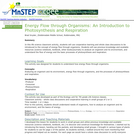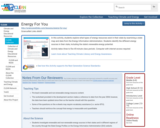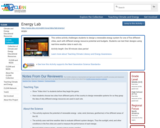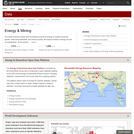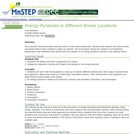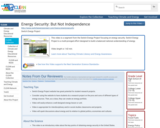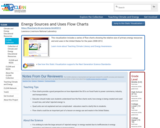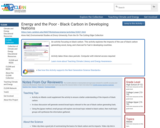
This video is from the Energy 101 video series. It explains the process for converting micro-algae into fuel and makes the case that algae-based biofuels hold enormous potential for helping reduce our dependence on imported oil.
- Subject:
- Applied Science
- Career and Technical Education
- Environmental Science
- Environmental Studies
- Geoscience
- Physical Science
- Technology
- Provider:
- CLEAN: Climate Literacy and Energy Awareness Network
- Provider Set:
- CLEAN: Climate Literacy and Energy Awareness Network
- Author:
- Erin R. Pierce
- U.S. Department of Energy
- Date Added:
- 10/27/2014
